

Ben Zachariah
Video: Off-road battle for Beer O’Clock Hill has automakers scrambling
12 Hours Ago
The Aston Martin Valhalla is known internally as 'Son of Valkyrie'. Here is a breakdown of why.

Senior Road Tester
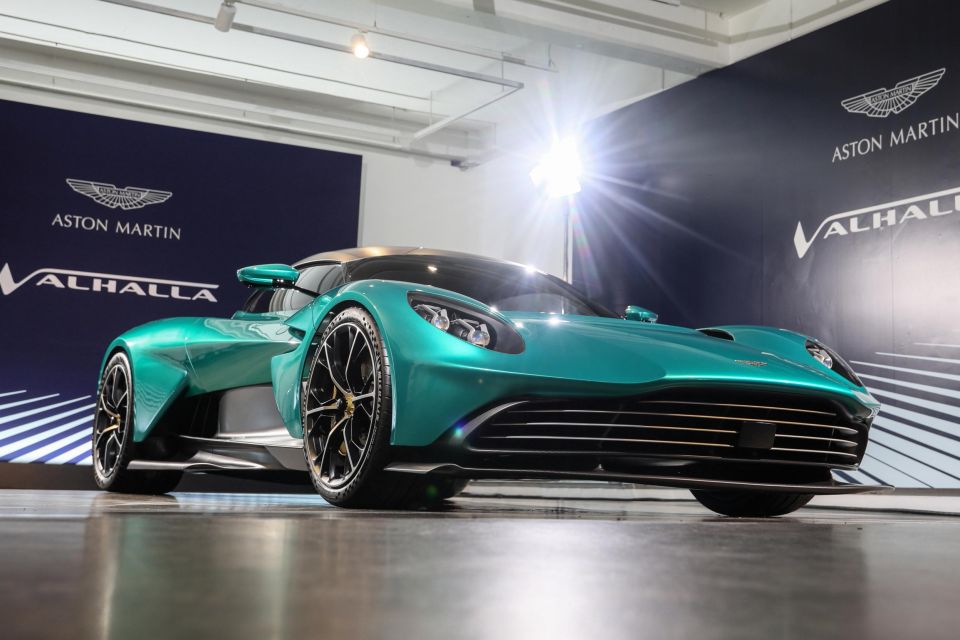

Senior Road Tester
Speak with any of the engineers who worked on the original Aston Martin Valhalla Prototype revealed at the 2019 Geneva motor show and they’ll tell you straight up its project name was Son of Valkyrie.
The Aston Martin Valhalla is an upcoming production series mid-engine plug-in hybrid hypercar.
It will sit below the stratospherically expensive flagship Valkyrie hypercar, itself a joint exercise by Aston Martin and Red Bull Racing. Just 150 will be produced at a cost of £2.8 million ($A4.87 million) before taxes and on-road costs.
It’ll be in Australia during 2024, with global production kicking off in 2023.
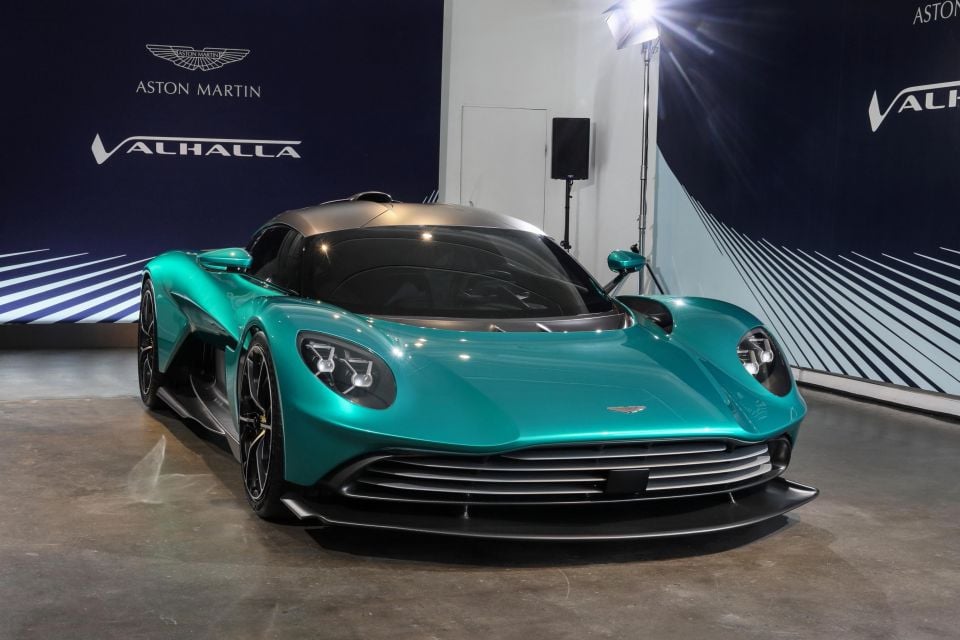
While Valhalla might sit below Valkyrie, its top-line numbers are just as mind-blowing. It will run a Mercedes-AMG derived 4.0-litre twin-turbocharged V8 with a flat-plane crank and lightweight hi-tech exhaust system, along with twin e-motors and a bespoke eight-speed dual-clutch transmission incorporating e-reverse and an e-diff.
The V8 engine is a bespoke piece of engineering with critical modifications to integrate the battery, two electric motors and an inverter, as well as all the software needed to make it all work in concert.
Back to those numbers. The Valhalla produces a combined power output of 699kW, while total torque peaks at 1000Nm.
With all three power sources unleashed it will rocket from zero to 100km/h in 2.5 seconds, while top speed is a claimed 350km/h. By any measure these are proper hypercar numbers.
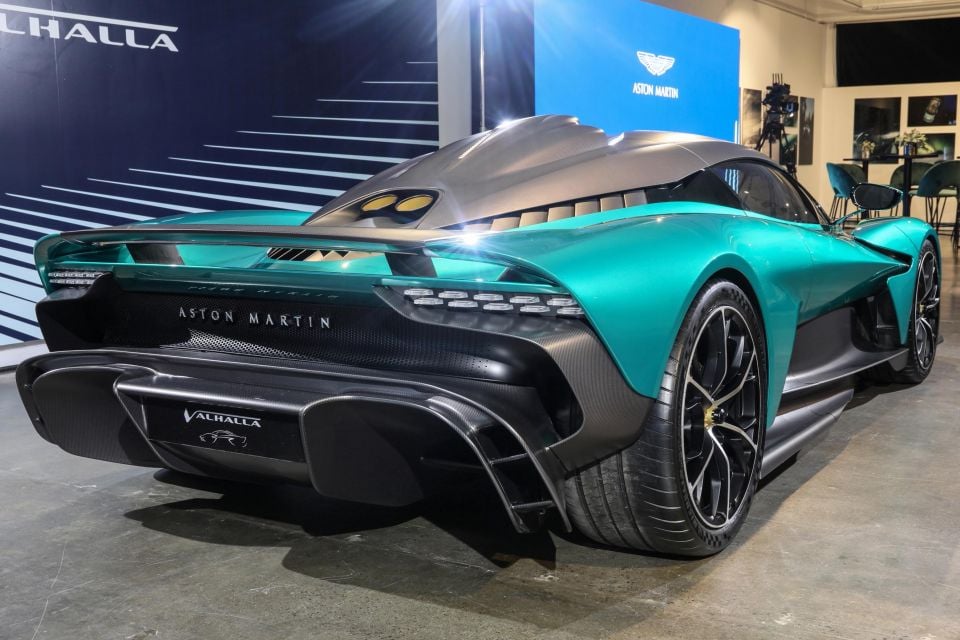
Revving to 7200rpm the 4.0-litre twin-turbo V8 sends drive to the rear axle exclusively, while the sound is broadcast for all to hear from the car’s top-exit exhaust pipes for maximum visual and aural theatrics.
Utilising electrical power only, Valhalla is capable of 130km/h and a zero-emission range of 15km. Overall it has predicted CO2 (WLTP) emissions of just 200g/km.
As far as track capability is concerned, Aston Martin is targeting a 6:30 lap time of the Nurburgring Nordschleife, which would make Valhalla the fastest series production car ever. Until then, it’s the Porsche GT2 RS using a Manthey Performance kit that sits at the top of this famed leaderboard with a time of 6:38.835 seconds.
In all, just 999 examples of Valhalla will be built with pricing in Australia said to be around $1.8 million plus on-road costs, with production to commence in 2023.
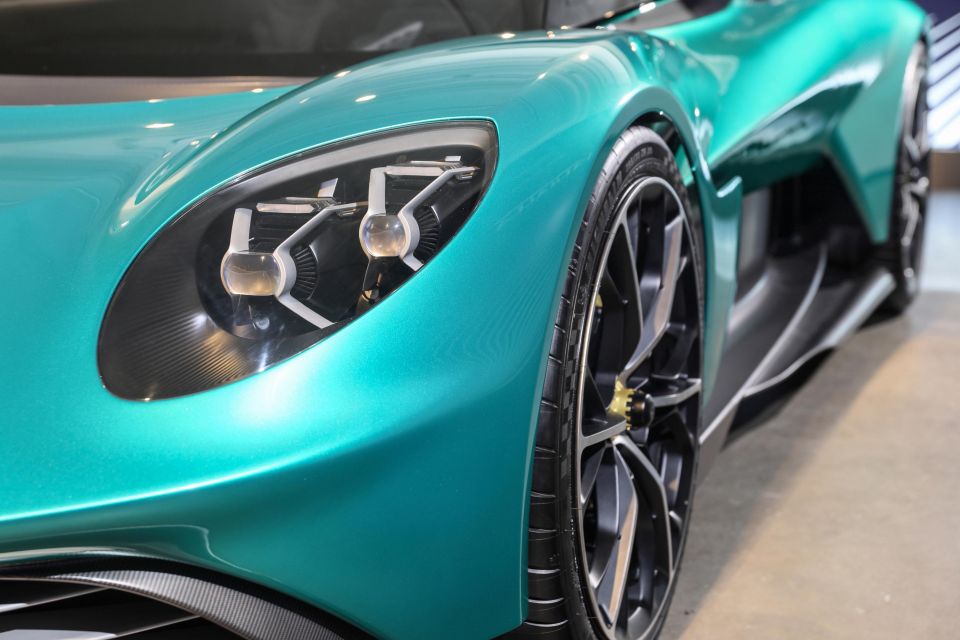
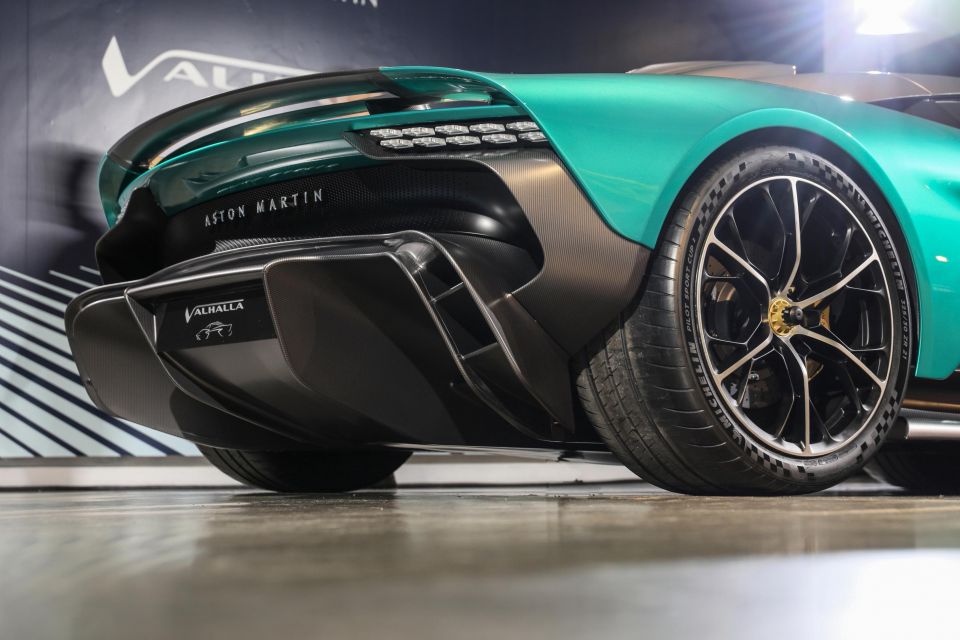
The car is part of CEO Tobias Moers’ Project Horizon plan, which aims to capitalise on Aston Martin’s relationship with its own Formula 1 team. In fact, Mr Moers has already proclaimed “F1 underpins this brand now and we have a performance culture inspired by the sport”.
Key to Valhalla’s performance is the aerodynamic kit employed on the car, the result of which is its ability to generate a staggering 600kg of downforce at 241km/h.
Apart from its beautiful form, the detailed sculpturing on almost every part of the car is primarily there to direct air away from the high-pressure area around the front wheel arch and back towards (and into) the engine compartment.
There’s also an active front splitter and rear wing, while the multi-layered rear diffuser that looks more aggressive than a LMP1 racer is now fully production-ready.
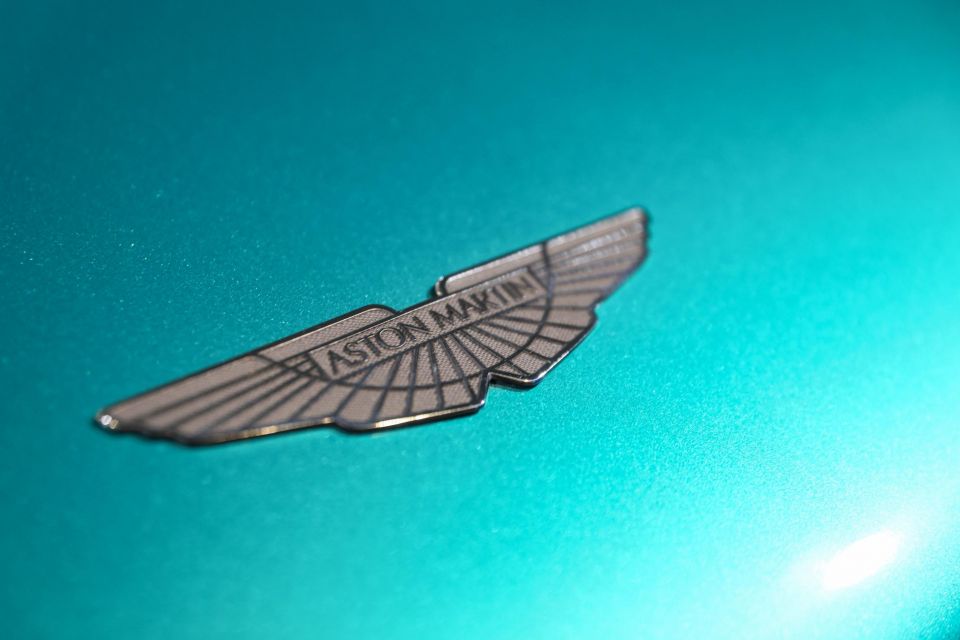
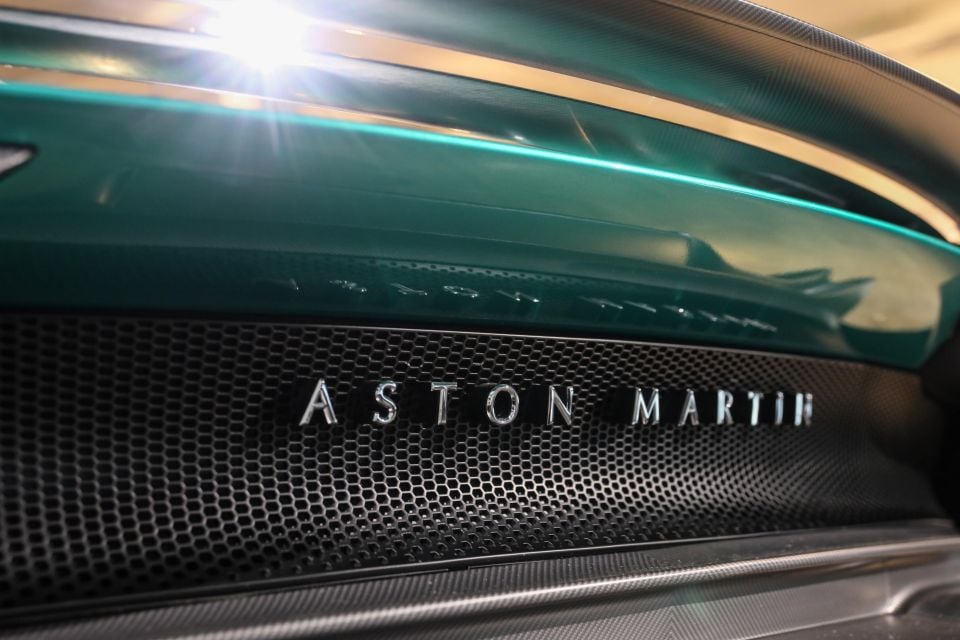
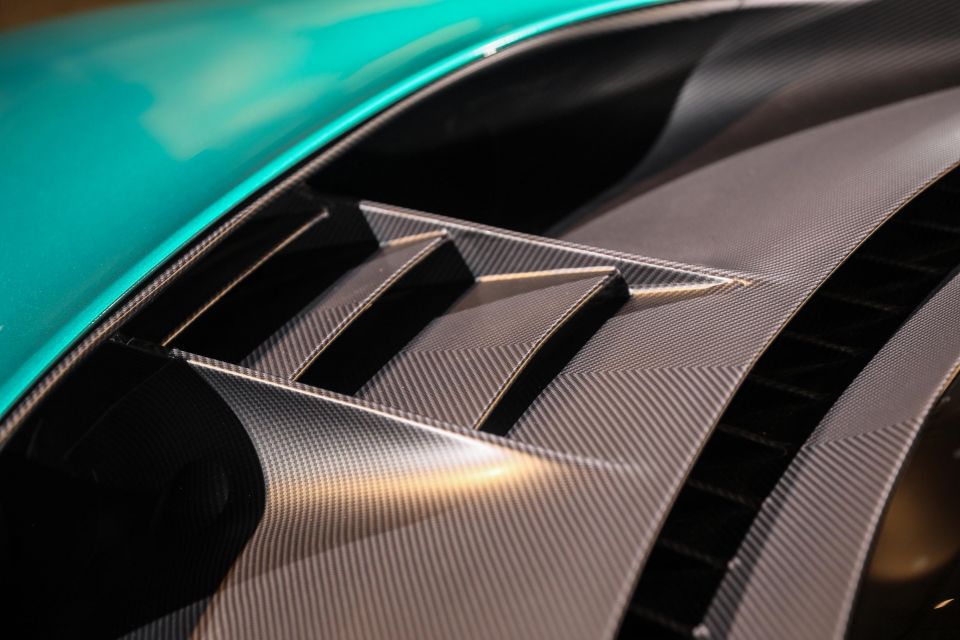

The Valhalla also sits incredibly low, so it’s difficult to see its unique underbody Venturi tunnels, which help keep it stable at the huge speeds it’s capable of.
Even with its twin-turbo V8 and dual electric motors with battery the car tips the scales at 1550kg (dry) thanks to its carbon-fibre chassis (120kg), and Formula 1-style pushrod front suspension, which uses inboard mounted springs and dampers for reduced unsprung mass and efficient space packaging.
At the rear, there’s a multilink design that uses Multimatic variable spring rate and special adaptive spool valve damper units for adjustable ride frequency, and optimum levels of suspension compliance for both road and track use.
The Valhalla sits on a staggered tyre setup with 20-inch centre-lock wheels up front, and 21-inch at the rear shod with Michelin Pilot Sport Cup 2s bespoke to this particular model.
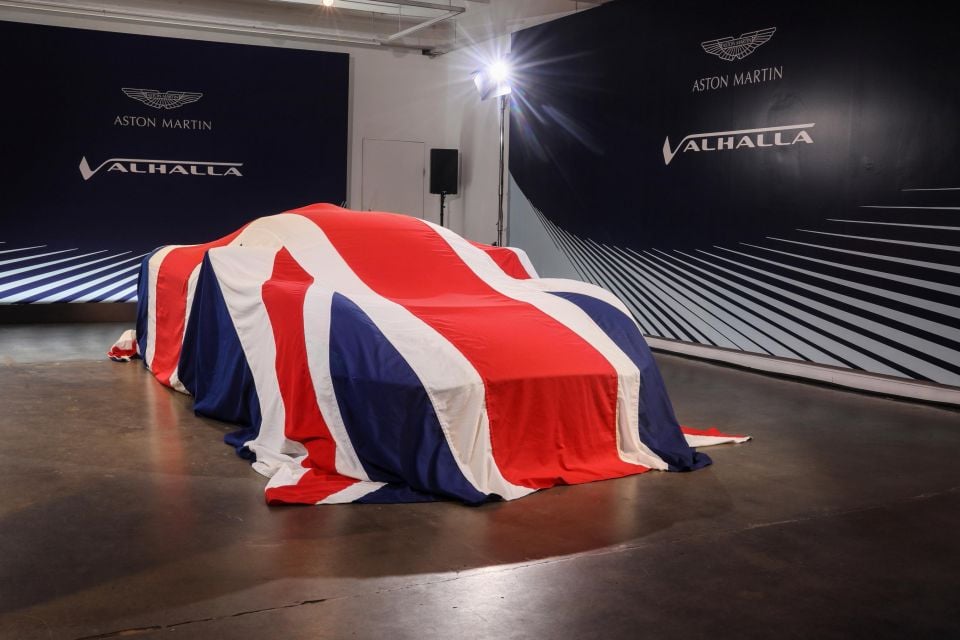
The lighting, particularly at the rear, is lifted from Valkyrie and F1 cars. There’s also more than just a hint of Vulcan about the lighting.
While the interior was not fitted out on the show car revealed to us in Sydney, the Valhalla is said to get a cockpit inspired by Formula 1 but with more space than the Valkyrie.
However, there’s a new Aston Martin HMI interface featuring a central touchscreen with Apple CarPlay and Android Auto, as well as adjustable pedals and an adjustable steering column which allows the seats to be fixed to the chassis structure.
Moreover, the footwells are raised for a low hip-to-heel seating position, similar to that in a Formula 1 car.
Where expert car reviews meet expert car buying – CarExpert gives you trusted advice, personalised service and real savings on your next new car.
Anthony Crawford is a CarExpert co-founder and senior presenter with 20+years in automotive journalism and content creation.


Ben Zachariah
12 Hours Ago


CarExpert.com.au
20 Hours Ago


Damion Smy
1 Day Ago


Damion Smy
2 Days Ago


Damion Smy
2 Days Ago


Damion Smy
2 Days Ago